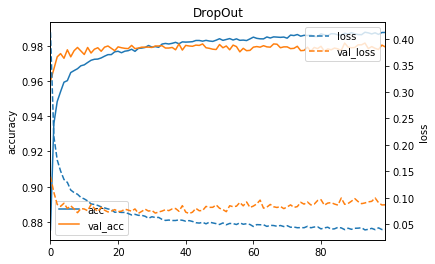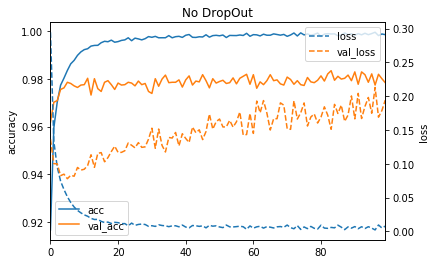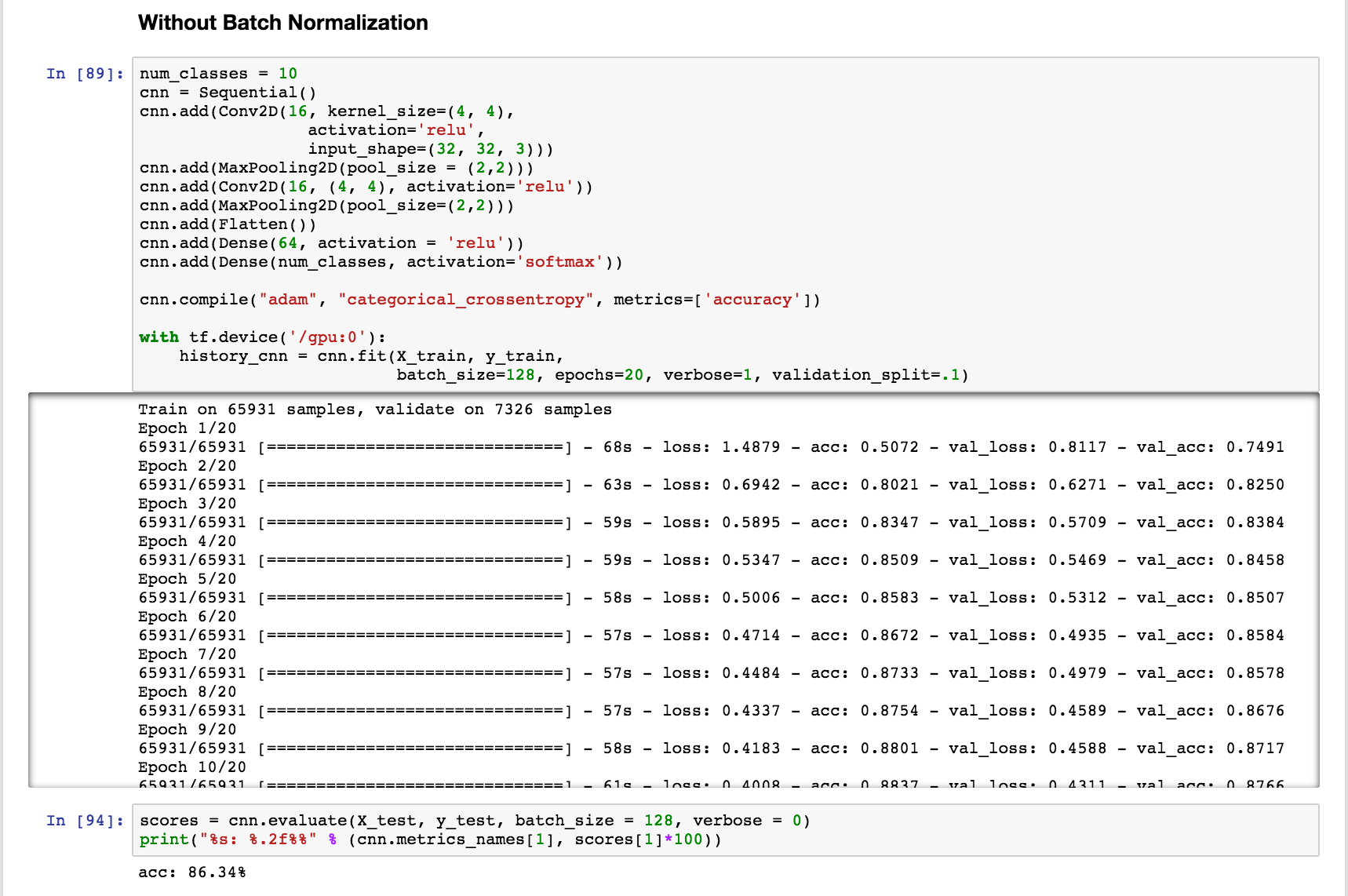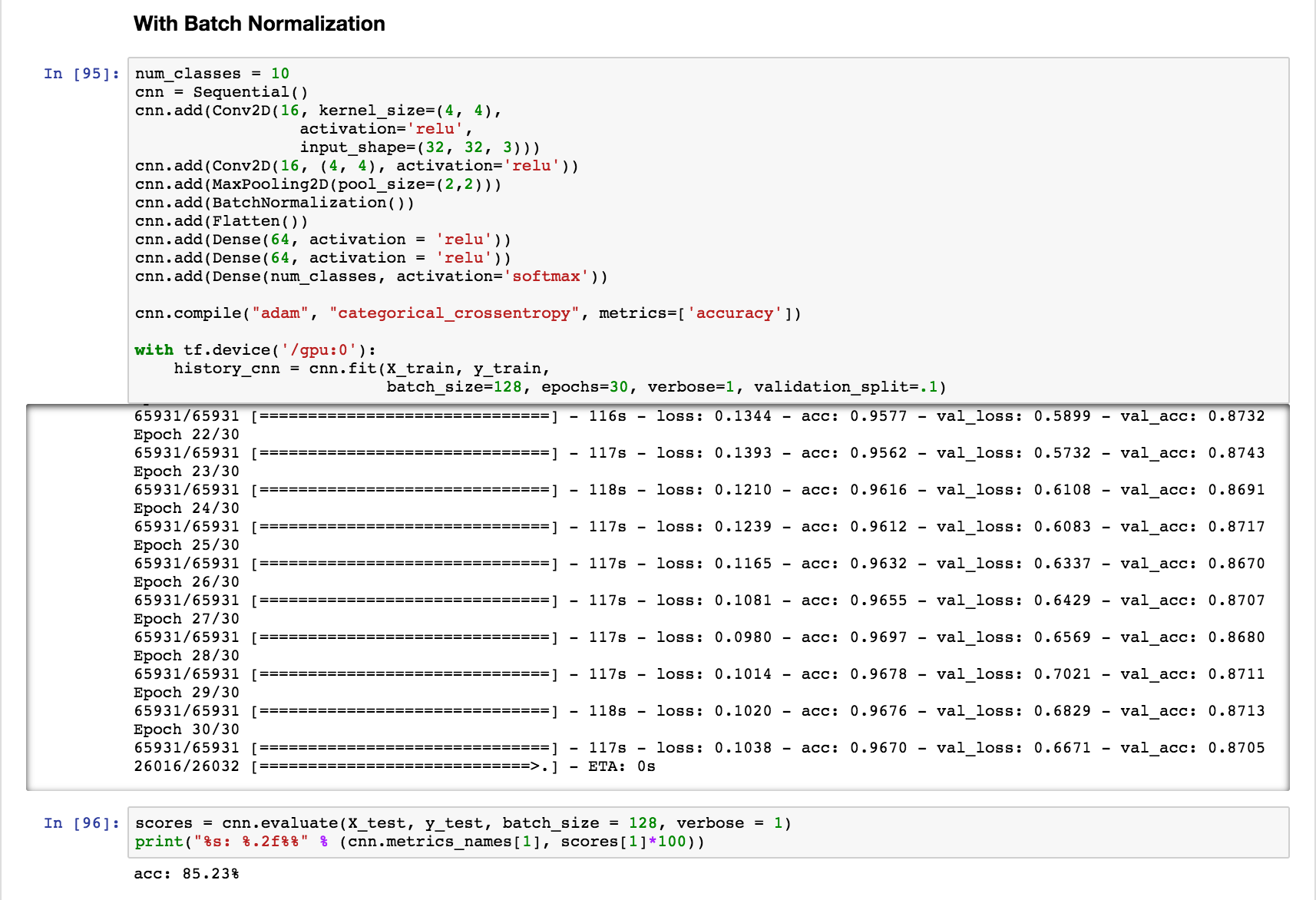Moorissa Tjokro
I will be using the Keras Sequential Interface and the following datasets to run two multilayer perceptron models and two convolutional neural network models for building models:
- Iris
- MNIST
- SVHN
- Pets dataset with a variety of dog types.
Codes can be found in github folders
The first model is built using a multilayer perceptron (feed forward neural network) with two hidden layers and rectified linear nonlinearities on the iris dataset. The model is then selected on an independent test-set.
The second model is built using a multilayer perceptron on the MNIST dataset. The “vanilla” model is then compared with a model using drop-out to see if there is any improvements. The scoring evaluation and result visualization of the learning curves can be found below:
- Test loss for No Dropout: 0.237
- Test Accuracy for No Dropout: 0.975
- Test loss for Dropout: 0.119
- Test Accuracy for Dropout: 0.976
The third model uses convolutional neural network on the SVHN dataset using a single digit classification. The model is built using batch normalization, which will then be compared with other approaches.
The next dataset will be the largest in size, as we will be working with the 37 class classification task using pets dataset. The weights of a pre-trained convolutional neural network like AlexNet or VGG will be used for feature extraction and linear modeling. The weights are then loaded into keras and features are computed using a forward pass to be then stored in disk. Then a linear model or MLP will be trained on the resulting features.





